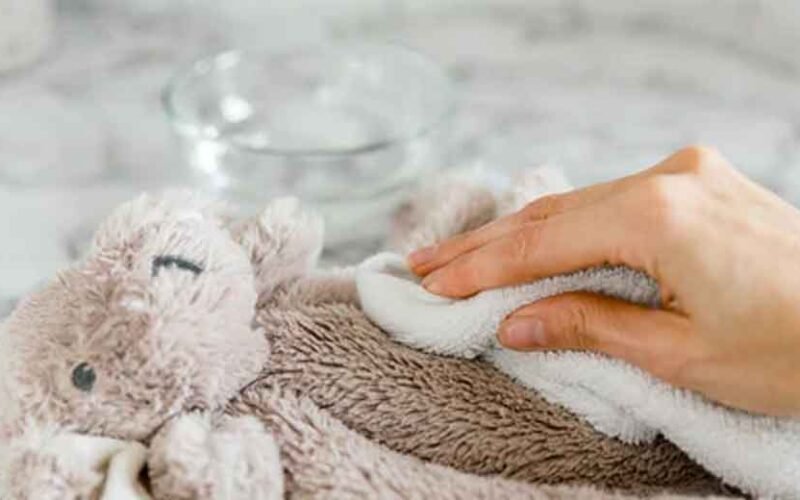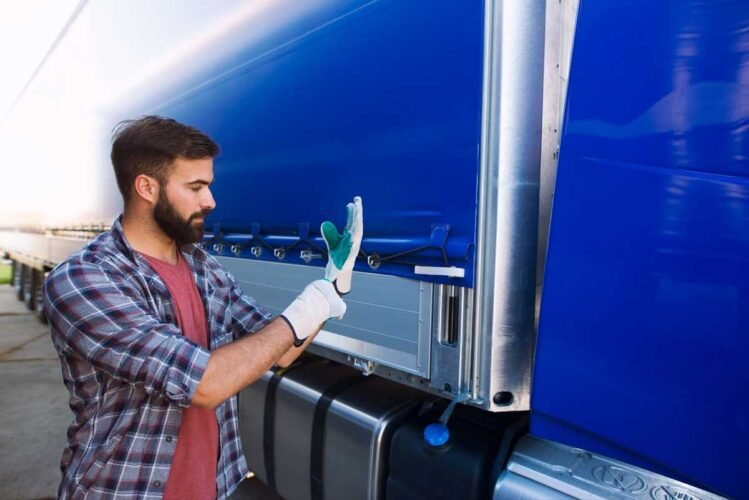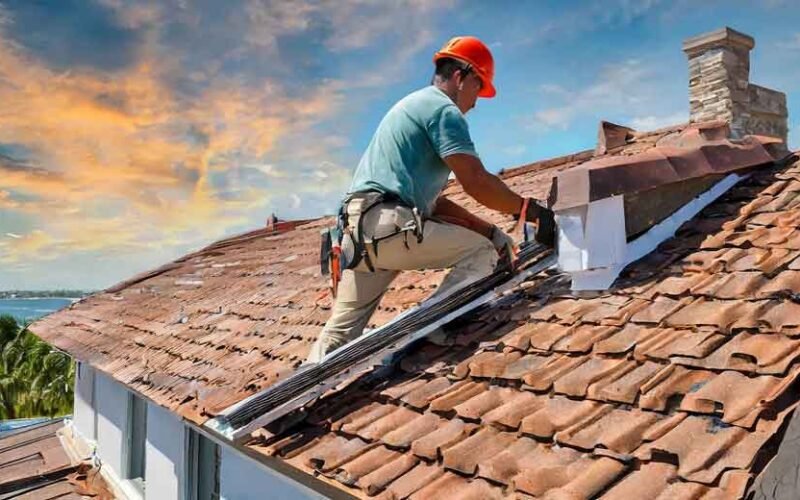Beloved stuffed companions accumulate years of hugs, adventures, and inevitable spills that leave parents wondering how to maintain their pristine condition. These treasured toys become irreplaceable family heirlooms that carry emotional weight far beyond their material value. The delicate balance between maintaining cleanliness and preserving the softness that makes them special requires careful attention to proper care techniques. Many parents unknowingly damage precious stuffed animals through well-intentioned but improper cleaning methods.
Premium plush toys like Jellycat stuffed animals demand specialized care routines that protect their luxurious textures and intricate construction details. These investment pieces feature high-quality materials and craftsmanship that respond differently to cleaning than mass-produced alternatives. The proper preservation techniques transform routine cleaning into an investment in lasting childhood memories. Let’s embark on a gentle journey through the art of plush preservation, where teddy bear spa treatments meet archival-quality care techniques.
Fabric Analysis Before First Cleaning
Understanding the construction materials and manufacturing techniques used in stuffed animals determines the appropriate cleaning approach for each beloved companion. Luxury plush toys often combine fabric types, from silky-soft synthetic furs to delicate cotton blends requiring different treatment methods. Internal stuffing materials vary significantly between brands, with some using washable polyester fill while others contain materials that clump or deteriorate when wet. Care labels provide crucial information, but many vintage or specialty pieces lack detailed cleaning instructions.
Surface Cleaning Techniques That Protect Integrity
Gentle surface cleaning methods address the most common stains and odors without subjecting the entire toy to potentially damaging washing processes. Soft-bristled brushes remove surface dirt and restore fluffiness to matted areas with light, circular motions. Lint rollers remove pet hair, dust, and small debris from textured surfaces without pulling or damaging delicate fibers. Steam cleaning provides sanitization benefits while refreshing compressed stuffing and eliminating odors trapped within fabric layers.
Deep Cleaning Methods for Different Material Types
Hand washing represents the safest deep cleaning approach for most premium stuffed animals, allowing careful control over water temperature and agitation levels:
- Gentle submersionin lukewarm water with mild, fragrance-free detergent prevents shock to delicate fibers
- Minimal agitationthrough soft squeezing motions cleans without stressing seams or distorting shapes
- Thorough rinsingremoves all soap residue that could attract dirt or cause skin irritation
Careful water extraction through towel pressing prevents damage from wringing or twisting motions
Strategic Drying Techniques for Shape Preservation
Proper drying techniques determine whether cleaned stuffed animals retain their original shape, softness, and structural integrity throughout preservation. Air drying in well-ventilated areas prevents mold and mildew growth, allowing gradual moisture evaporation that maintains stuffing distribution. Positioning toys on clean towels and rotating them periodically ensures even drying and prevents flat spots from developing. Avoiding direct sunlight prevents color fading while maintaining adequate airflow for thorough moisture removal.
Long-Term Storage Solutions for Heirloom Protection
Archival-quality storage protects cleaned stuffed animals from dust, pests, and environmental damage during non-use or seasonal rotation periods. Acid-free boxes and tissue paper prevent chemical reactions that could discolor or weaken fabrics over extended storage periods. Cedar blocks or lavender sachets provide natural pest deterrence without introducing harsh chemicals that could damage sensitive materials. Climate-controlled environments prevent moisture fluctuations that encourage mold growth or cause the stuffing to deteriorate.
Proper care and preservation of toys like Jellycat stuffed animals requires understanding materials, employing gentle cleaning techniques, and implementing strategic storage solutions. Quality plush toys deserve specialized attention that protects their construction integrity while maintaining the softness that makes them cherished companions. Investment in proper care techniques ensures these beloved toys remain pristine heirlooms rather than casualties of well-intentioned maintenance. The reward for careful preservation lies in years of continued comfort and countless precious memories.










